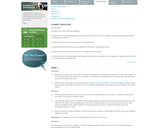
The lesson and activities teach students to recognize and explore bias and media stereotyping and be able to identify and analyze propaganda techniques in magazine and//or TV advertising.

The lesson and activities teach students to recognize and explore bias and media stereotyping and be able to identify and analyze propaganda techniques in magazine and//or TV advertising.

This is a resource for a student to use in picking out a choice book. It allows recording space for several brief interactions with books as well as easy ways to recall information via multiple learning styles.
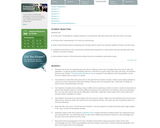
In this lesson, high school students look critically at the literary work "The Pit and the Pendulum" by Edgar Allan Poe and its 1961 film interpretation. They use prediction strategies to form and refine their opinions about the story line progression in each work. They read the short story, screen the film, discuss reactions to both works, and plan and write a persuasive essay analyzing the validity of the film interpretation. This lesson is ideally suited for students who have experience with persuasive writing, and it can be adapted to work with any literature-film pairing.
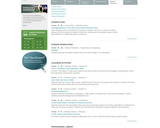
What is scary, and why does it fascinate us? How do writers and storytellers scare us? This lesson plan invites students to answer these questions by exploring their own scary stories and scary short stories and books. The lesson culminates in a Fright Fair, where students share scary projects that they have created, including posters, multimedia projects, and creative writing.

In this module, students will read, discuss, and analyze contemporary and classic texts, focusing on how complex characters develop through interactions with one another and how authors structure text to accomplish that development. There will be a strong emphasis on reading closely and responding to text dependent questions, annotating text, and developing academic vocabulary in context.
Find the rest of the EngageNY ELA resources at https://archive.org/details/engageny-ela-archive .

In this module, students engage with literature and nonfiction texts that develop central ideas of guilt, obsession, and madness, among others. Building on work with evidence-based analysis and debate in Module 1, students will produce evidence-based claims to analyze the development of central ideas and text structure. Students will develop and strengthen their writing by revising and editing, and refine their speaking and listening skills through discussion-based assessments.
Find the rest of the EngageNY ELA resources at https://archive.org/details/engageny-ela-archive .
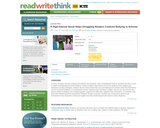
Students read a work of realistic fiction about bullying and gain understanding through writing, Readers Theatre, and discussion.
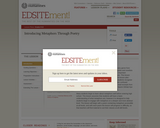
Many students begin to learn about metaphors well before entering high school. This lesson assumes that students will have a basic understanding of what metaphors are; however it is designed to help students begin to engage with metaphors on a deeper and more abstract level. The lesson will begin with a poem containing metaphors accessible at all levels, and with each poem the lesson will progress in difficulty, so that teachers will find material to suit their classes at all skill levels.
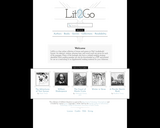
Lit2Go is a free online collection of stories and poems in Mp3 (audiobook) format. An abstract, citation, playing time, and word count are given for each of the passages. Many of the passages also have a related reading strategy identified. Each reading passage can also be downloaded as a PDF and printed for use as a read-along or as supplemental reading material for your classroom.
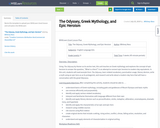
Remix this template to upload your WISELearn Grant lesson and unit plans into WISELearn

Music and reading of the poem "once more into the fray"

An introduction by David and Ben Crystal to the 'Original Pronunciation' production of Shakespeare and what they reveal about the history of the English language. The father and son acting team perform lines from Shakespeare's Henry V in both the original pronunciation and the modern pronunciation back-to-back.

Having explored how Robert Hayden uses consonance, assonance, and alliteration to illustrate a complex relationship between a father and a son in "Those Winter Sundays," students engage in a variety of vocal activities and performance techniques based on word sounds. Students then prepare a recitation of the poem for small group performances and compare their interpretative choices as part of the reflection process.
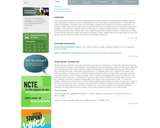
This lesson invites students to use their understanding of modern experiences with digital technologies to make active meaning of an older text, such as Shakespeare’s Romeo and Juliet, by asking students to create their own modern interpretation of specific events from the drama. Students first brainstorm a list of technologies they use, and then imagine what would happen if Romeo and Juliet were set in a modern-day world and that technology was available to the characters. Students work in small groups to create technology profiles for characters in the play, and then discuss their ideas with the class. Next, students select from a variety of projects in which they re-imagine a scene from the play with modern technology incorporated. Finally, students share their projects with the class and discuss why they made the choices of scene and technology that they did.
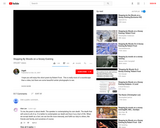
Reading of "Stopping By the Woods on a Snowy Evening" by Robert Frost
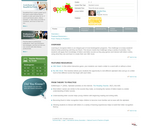
Your students will apply their knowledge of letters and letter sounds as they play games and interact with letters online, using what they see and learn to create their own ABC book.